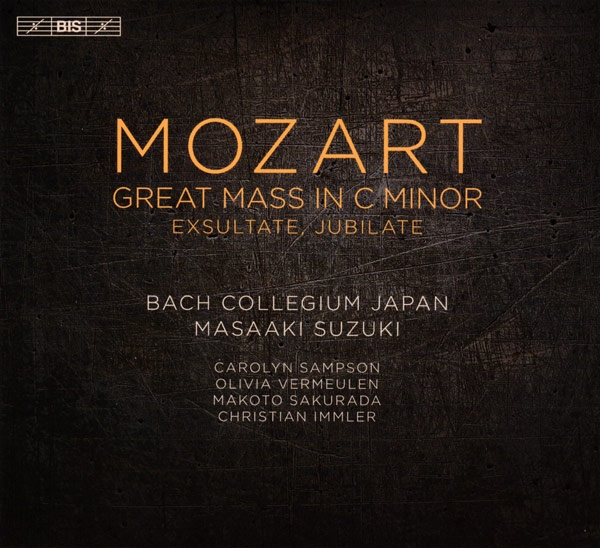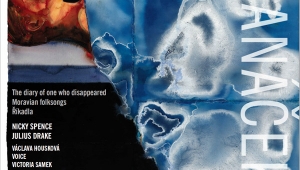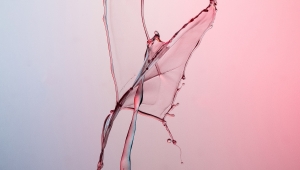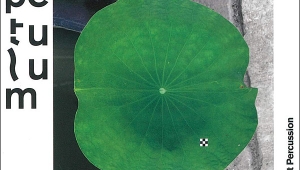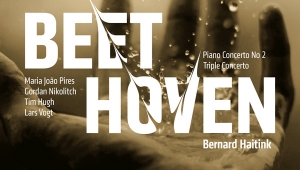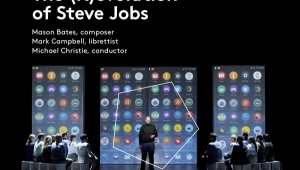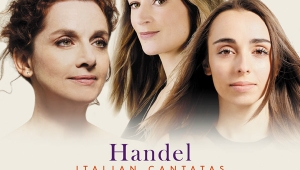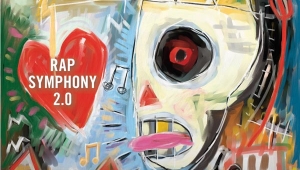| Columns Retired Columns & Blogs |
My first purchase of the Bach Collegium Japan was a grab-bag collection of choral sections of Bach Cantatas. This CD, also from BIS, is available for less than $10.00.
Another BIS recording of Masaaki Suzuki that I enjoyed is a collection of Bach organ works, volume 2. This recording was made not in Japan but in the Netherlands.
Masaaki Suzuki and his collegium are contributors to the music of Bach. BIS has done a fine job of chronicling their output. To make it better, BIS is on sale this weekend at this site. I'll post links of my two recordings of Masaaki Suzuki on BIS:
http://www.arkivmusic.com/classical/album.jsp?album_id=522253
http://www.arkivmusic.com/classical/album.jsp?album_id=2243595
I did some more checking this morning. Actually, the issue under review here is also on sale today:
http://www.arkivmusic.com/classical/album.jsp?album_id=2232023
In addition to this review, the recording is a Gramphone Choice.
